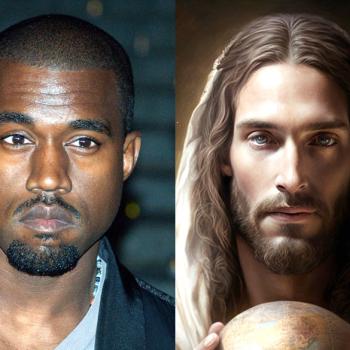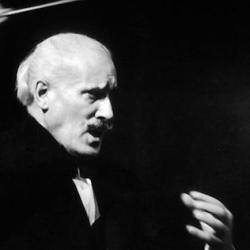In his book, Erotic Faith , Robert M. Polhemus offers an intriguing analysis of Bronzino’s Allegory with Venus and Cupid . The allegory suggests that “worship of Venus . . . blinds one to the menace of time and death.” Seeking sexual fulfillment means “betraying self, God, and humankind as a whole . . . To deify seductive eroticism and give way to the moment is to court destruction and set loose anarchy.”
Front and center in the painting are Cupid and Venus in a startling incestuous embrace: “Lascivious Eros is becoming the lover of Venus, kissing and fondling her, his beautiful body and his obscene stance suggesting both incest and pederasty.” Venus, meanwhile, is accompanied by “her allegorical retinue” – “the heedless rose-strewing cherub Folly and, just behind him, the pretty, vacuous face of Pleasure. But Pleasure’s body, obscured to the erotic present, is that of a reptilian monster, and in her tail there is a sting. To the left of Venus and Eros are images of tormenting jealousy and, above, Fraud, exposed by time. The lecherous painting portrays erotic passion subject to the most appalling ignorance and the most terrible disillusion.”
Yet, the painting illustrates the difficulty of presenting this kind of allegory in a visual art. The ostensible meaning of the painting is undermined by its surface: “Eros’s episcene posture, his sexually aggressive hand, and Venus’s grasp of the love arrow from his quiver mean forbidden, damnable sex. But the transgressive feeling about the picture has both a perverse glamor and a defiant appeal. One intended message of the allegory is surely ‘this is not worth it’; but the transport and apparent sovereignty of the couple in the erotic present, the magnetism of their faces, forms and action, the beautiful color in their setting, can send a countermessage, ‘this is worth it.’”















